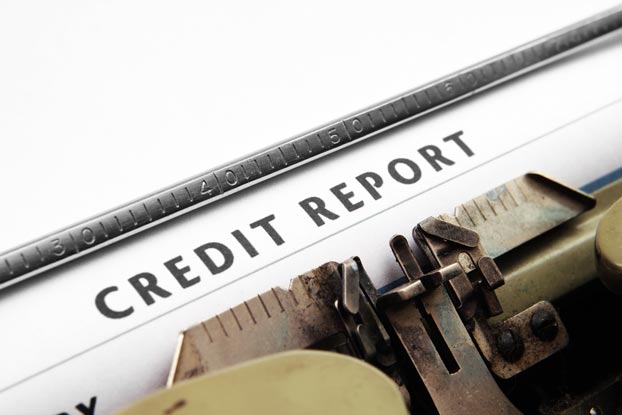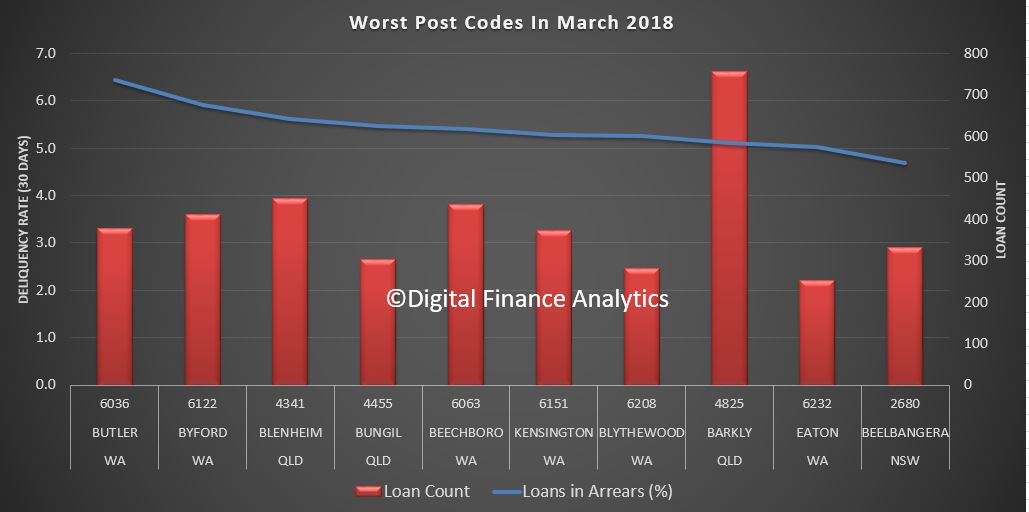Australians are still confused about what goes into their credit report, despite it being an important record of their credit health, according to research by consumer education website, CreditSmart.

The CreditSmart survey found that nearly three quarters of Australians assume their credit score is included in their credit report. One in five mistakenly believe that marital status, income, insurance claims and even traffic fines form part of their credit report.
Commenting on the findings, Geri Cremin, Credit Reporting Expert at CreditSmart, said: “If you are applying for a credit card, a personal loan or even applying to change your mobile phone provider, your credit report can make or break your application.
Your credit report is a snapshot of your credit history and current credit health – so lenders do look at your credit report, and you should too.”
“Your credit report is a way for lenders to see how you handle the credit you currently have and assess whether the credit you’re applying for is right for you. Better still, a good credit report might open the door to better deals.”
Who’s accessing your credit report?
How credit reports are used is also unclear to many Australians. The majority of consumers know their credit report can be checked when they apply for a home loan, however:
- Less than 50% are aware that it can also be checked when taking out a new mobile phone contract or opening a new gas or electricity account.
- Four in ten also wrongly believe their credit report is checked when applying to rent a property.
- 30% believe that their credit report is checked when they take out home insurance.
- 13% also think that a future employer checks their credit report when they apply for a job.
“By law, your credit report can only be accessed by others in limited circumstances. For example, your credit report can’t be accessed by a real estate agent when you apply to rent a house, an insurer when you apply for car or home insurance or by a potential employer when you apply for a job,” added Ms Cremin.
Aussies love credit, but feel it’s getting harder to access
CreditSmart’s research showed that Australians are enthusiastic users of credit, with three quarters (76%) currently using some form of credit product.
Credit cards (56%), home loans (29%), vehicle finance (12%), Buy Now Pay Later services (12%) and personal loans (12%) were the most popular types of products used by Australian consumers who responded to the CreditSmart survey.
The survey also found that four in 10 Australians think it is harder to get credit now than it was 12 months ago. They say the reasons are:
- lenders doing tighter credit checks (57%)
- tougher regulation around credit (54%) and
- lenders looking at bank statements and daily expenses more closely (41%)
- declining property market (22%)
“As Australians feel credit is getting harder to access, it’s important to take charge of your individual credit health. A great first step is to check your credit report – understand what’s on it and get on top of your monthly repayments. Lenders look to your credit health to determine your attractiveness as a customer, so it is important to know where your credit health stands,” Ms Cremin said.
“We recommend checking your credit report annually and really treat it as an asset that will help you access the right credit if and when you need it.”
So, what is included in my credit report?
At a minimum, your credit report will include identifying information about you, such as your name, birth date, address and employment history.
More importantly, it includes:
- A list of any applications you’ve made for credit over the last five years – regardless of whether your application was approved or not. This information is listed as an “enquiry” by the credit provider you applied to and it includes the type of credit you applied for.
- A breakdown of your current credit accounts such as your home loan or credit card.
- Up to 24 months of repayment history – which shows your monthly repayment behaviour on financial credit accounts (phone or utility companies do not report repayment history, so your telco and utility repayments won’t be on your credit report).
- Any defaults listed by a credit provider on financial loans as well as telco and utility accounts. A default can occur if you miss your payment of at least $150 by at least 60 days. A default stays on your credit report for 5 years.









